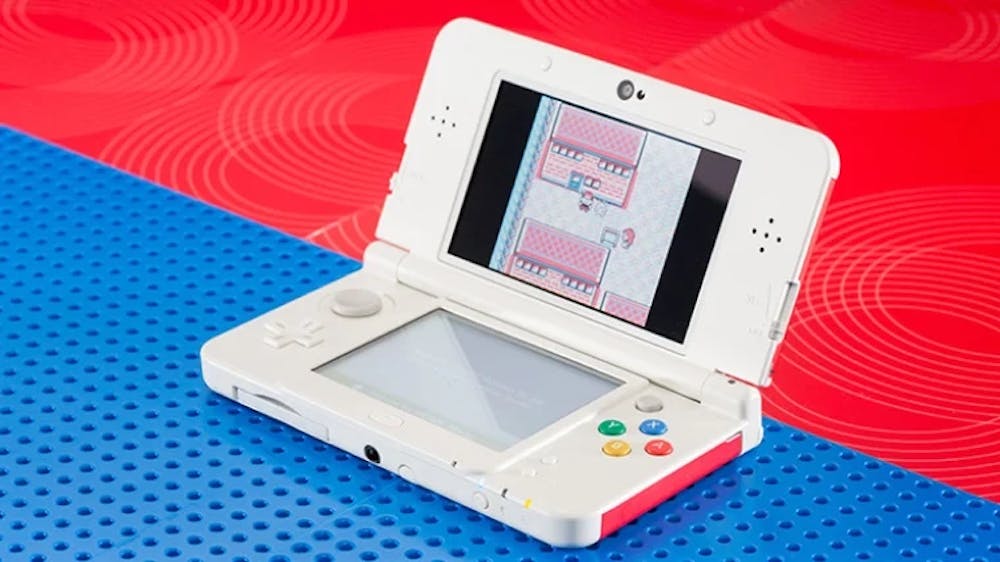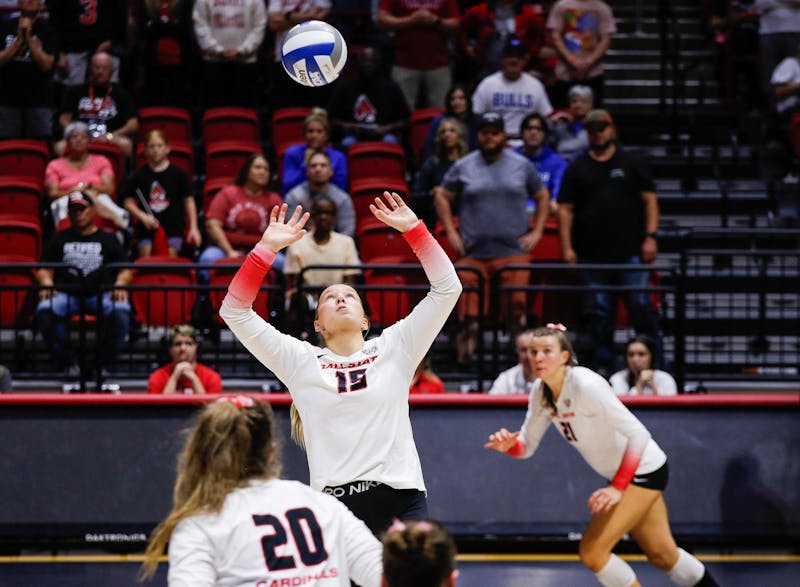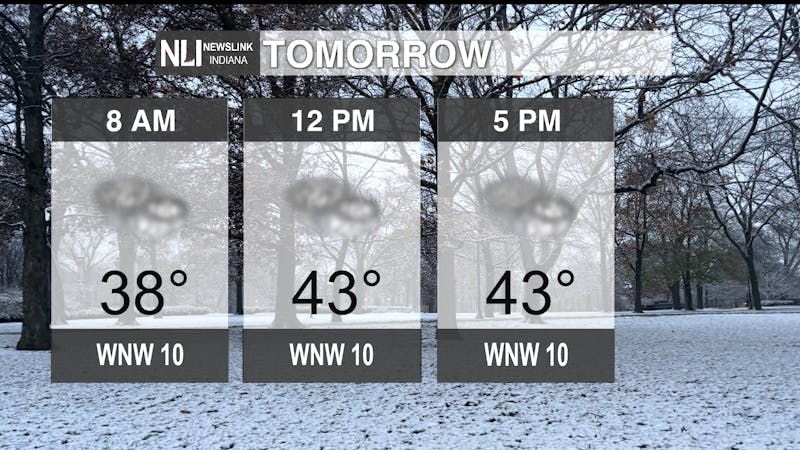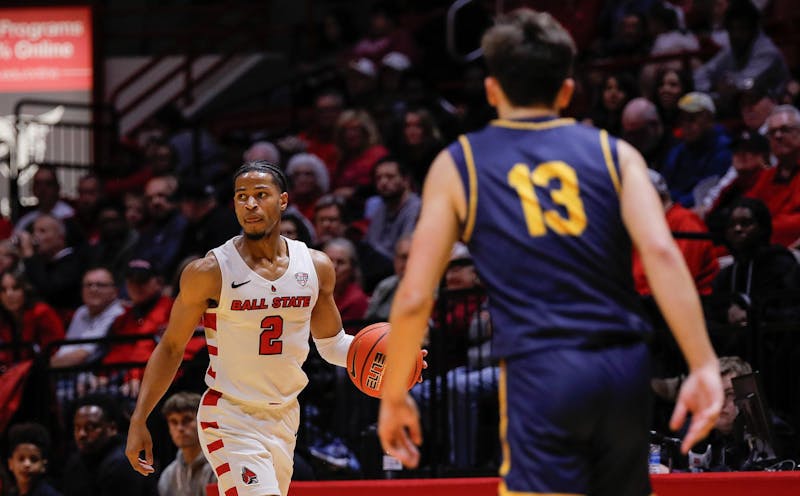The fascination with three-dimensional experiences is far from a recent phenomenon, dating back to the silent film era in 1922 with The Power of Love. The pinnacle of 3D innovation was the groundbreaking release of James Cameron's Avatar. Nintendo is one company who has consistently embraced the allure of 3D. The 3DS is Nintendo’s fourth handheld video game system. Released in 2011, it was a direct follow up to the hugely popular Nintendo DS; however, the 3DS was not perfect from the start. Here’s a look at the many successes and failures of one of the most influential video game systems to date.
Announcement and Release Dates
In a lot of ways, the 3DS saved Nintendo. The company's next major home console, the Wii U, was a complete failure. It was sold at a loss in profit to consumers, unfortunately only selling 13 million units in its lifetime. The 3DS was initially revealed at E3 2010, a convention where all video game companies announce new games, hardware, and projects–think Apple's Keynotes. It was met with praise by reviewers and consumers alike. Many liked the console’s comfortable design and great graphics while being housed in a small shell. Its graphic quality was often compared to the level as Microsoft's Xbox 360.
The games revealed were also very impressive. Attendees of the conference were intrigued by some of the best games on the platform revealed alongside it, like Kid Icarus: Uprising, Mario Kart 7, and The Legend of Zelda: Ocarina of Time 3D. The console was set to gain support from other big companies, with massive franchises like Kingdom Hearts, Metal Gear Solid, and Resident Evil making their way onto the platform. All of this hype led people to believe this would be the greatest handheld system ever released; unfortunately, the launch of the system was met with a lot of disappointment. Many of the games were either watered down versions of popular franchises, like Madden Football or Super Monkey Ball 3D; cheaply made games with little content; or games for young children, like Lego Star Wars 3 and Combat of Giant Dinosaurs 3D. The headlining release was Pilotwings Resort, the follow up to the Super Nintendo Entertainment System launch title, Pilotwings, and the Nintendo 64 launch title, Pilotwings 64.
Other first-party titles (games produced by Nintendo) also included Steel Diver, a submarine simulation game that got middling reviews, and Nintendogs + Cats, a sequel to the DS game many played to death a half decade ago. On the launch day of the 3DS, Ubisoft was its biggest supporter, launching four games that were not received well, with its best game, Rayman 3D with a 61% on Metacritic. Other games included versions of The Sims 3 and Samurai Warriors: Chronicles that all failed to capture many consumers during the first weeks of sales. The 3DS was burning money, and a change had to be made quickly.
In August 2011, former president of Nintendo, Satoru Iwata, issued a statement apologizing for the lack-luster games and announced the console’s price would be lowered from $250 to $170. They also rewarded purchasers of the console before the price cut with 20 free NES and Gameboy Advance games as a part of their ambassador program. This was rather unorthodox for the company; however, this move had greater implications for the system. Following the price cut, its two biggest games were set to launch: Super Mario 3D Land and Mario Kart 7.
The game was praised for looking, feeling, and playing like a home console Mario game. The amount of content put into this game was very impressive for being on a small system. Some levels have platforms that pop-out or sink in when the 3D effect is on, making it easier to know where to land. Mario Kart 7 has a fairly similar story, with its praise for being a fun game that also possesses a traditional home console Mario Kart feeling. The game added much to the Mario Kart franchise: underwater driving, gliding, and custom car customization. These three factors are what kicked off the 3DS’ initial success.
Console Revisions
Nintendo is well-known for keeping their handheld alive for years with different revisions. The 3DS had many issues throughout its entire life. Different redesigns were issued to help: the 3DS XL, 2DS, New 3DS, New 3DS XL, and the New 2DS XL. The 3DS XL was launched for $200, which was only $30 more than the standard 3DS, the device's screens were 90% bigger and the system had an extra hour of battery life. However, many consumers argued it was rather cheap and flimsy. Despite these issues, the 3DS XL was the more professional system at the time. On the complete opposite end, the 2DS was designed for casual players, particularly young children. The 2DS is the cheapest and by far the strangest entry in the 3DS line. Like the name entails, the 2DS lacks the ability to play games in 3D. As it was marketed directly to children, Nintendo decided against their standard clamshell they are known for within their handhelds, instead choosing to design a sturdy tablet-esk console. On the surface it appears as a weird design; but many reviewers found the system to be comfortable during gameplay. It is a perfect system for players looking to only play a handful of games without spending more money. The original $130 price point was reduced to $80 in May 2016.
The New 3DS XL model has the same screen size as the XL with a better build quality, more powerful internals, and more buttons that can be used in the game. It also has a second, smaller circle pad, and better eye-tracking 3D. For $200, the same price as the standard 3DS XL was at launch, it is a very good and powerful piece of tech. The increased power of the CPU and RAM allowed some games that took full advantage of the extra power of the New 3DS to only be able to work on the New 3DS, like Minecraft or Xenoblade Chronicles. The New 3DS had all the same internals in a smaller size, however it was only readily available in Japan. The final redesign was extremely unnecessary. For starters, it launched after the Nintendo Switch, which was the 3DS’s replacement, and is called the New 2DS. It is a combination of the beginner friendly 2DS, and the high-end New 3DS. For $150, this console never felt it had a place in Nintendo’s lineup. Unfortunately it became obsolete soon after it was released.
Notable Games
The 3DS has one of the strongest libraries of any Nintendo handheld. This is backed up by how the 3DS can play every DS game. The year 2012 was less impressive compared to last year's one-two punch of Mario 3D Land and Mario Kart 7, but it had its strengths. The biggest game was Kid Icarus: Uprising, which was created by Super Smash Bros director, Masahiro Sakurai. This game revived and reinvented the long dormant Kid Icarus franchise as a third-person shooter. Its funky control style, holding the console with one hand, using the circle pad, and using the other hand exclusively on the touch screen, did great with gamer reviews and sold over one million copies. That same year, New Super Mario Bros 2 was released. The game is a standard two dimensional Mario platformer with the game's standard gimmick, the objective to collect one million coins.
Other notable games are Mario Tennis Open and Paper Mario: Sticker Star, both low points of their respective series, Resident Evil: Revelations, and Rhythm Thief & the Emperor's Treasure. 2013 was the biggest year for Nintendo released games. Fire Emblem: Awakening saved the Fire Emblem series, Luigi’s Mansion: Dark Moon was a solid, yet different take on the GameCube classic, Mario & Luigi: Dream Team is a good Mario & Luigi game, and Donkey Kong Country Returns 3D allows players a way to play that game without motion controls. This was the year that three of the most important 3DS games launched: Animal Crossing: New Leaf, Pokemon X and Y, and The Legend of Zelda: A Link Between Worlds. All three of these games sold extremely well and are some of the greatest games in their respective franchises. During 2014 Pokemon Omega Ruby and Alpha Sapphire, Super Smash Bros for Nintendo 3DS and Tomodachi Life, along with good new Kirby and Mario Golf games were released.
The Downfall
From 2015 to 2017, we started to see the sharp decline of Nintendo. Some great games were released, such as Majora’s Mask 3D, Miitopia, and Fire Emblem Fates. Chibi-Robo! Zip Lash, Pokémon Super Mystery Dungeon, Metroid Prime: Federation Force, and Mario Party: The Top 100, just to name a few. All got middling to low reviews by fans and critics alike. Nintendo’s suffering was brought on by the failure of the Wii U. To add insult to injury, the third party support dwindle after 2012. Many critics and fans could clearly see how the 3DS was losing its luster. Their next big console release, the Nintendo Switch, was still two years away. The system’s library sadly ended. The last major release being Kirby's Extra Epic Yarn only sold 10,000 copies in its first week.
It is undeniable that the 3DS still has some amazing games, as it is home to some of the greatest games in their respective franchises. The system may have faded rather quickly, but it shined very brightly during its peak. The 3DS is going to live on as one of the greatest handhelds Nintendo ever released and still adored by many fans today.
Sources:
IMDb, TheRinger, GamesIndustry, YouTube, Gamerant, IGN, GameStop, Nintendo, GameStop, KingdomHearts, Steam, ResidentEvil, Nintendo, Nintendo, Nintendo, Nintendo, Nintendo, Nintendo, Nintendo, Nintendo, Nintendo, Metacritic, Nintendo, Nintendo, IMDb, Nintendo, Nintendo, Nintendo, TheGuardian, Nintendo, TheVerge, Nintendo, Eurogamer, Nintendo, Nintendo, Nintendo, Nintendo, VGChartz, Nintendo, Nintendo, Nintendo, Nintendo, Nintendo, Nintendo, Nintendo, Nintendo, Nintendo, Nintendo, Nintendo, Nintendo, Nintendo, Nintendo, Nintendo, Nintendo, Nintendo, Nintendo, Nintendo, Nintendo, Nintendo, Nintendo, Nintendo, Nintendo, NintendoLife, NintendoLife
Photos:
Contact Mason Mundy with comments at mason.mundy@bsu.edu





The Daily News welcomes thoughtful discussion on all of our stories, but please keep comments civil and on-topic. Read our full guidelines here.